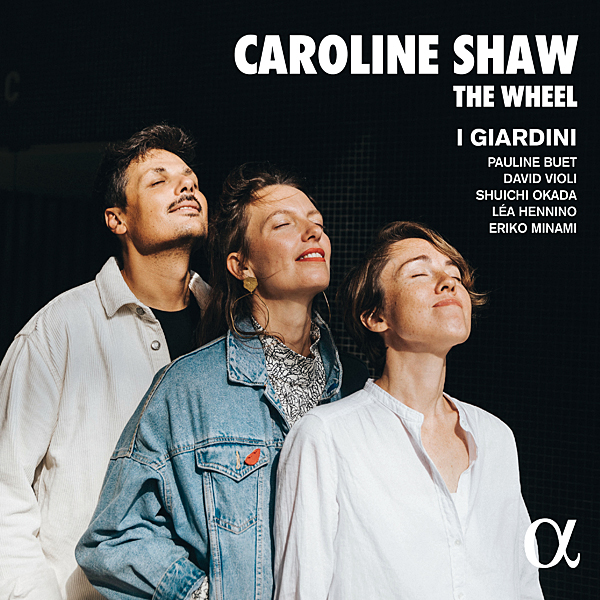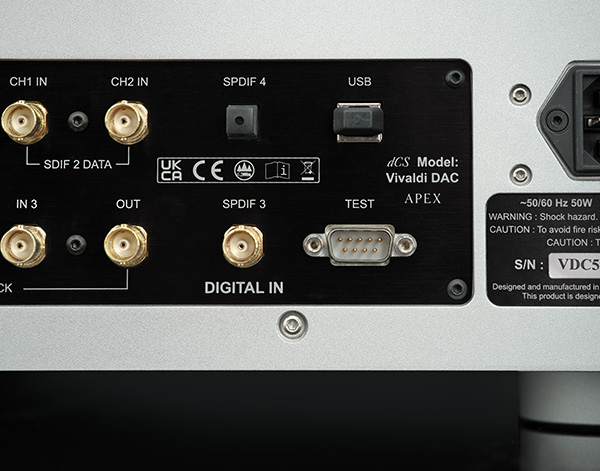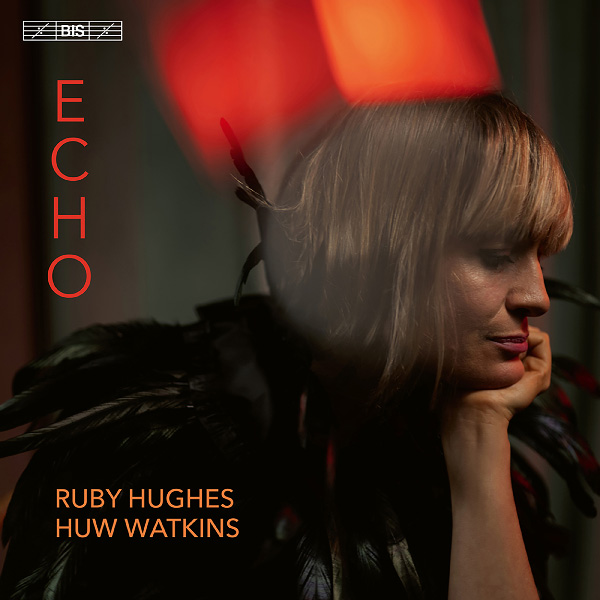| Columns Retired Columns & Blogs |
Amazing review! As a follow up review at some time, can you compare connecting Vivaldi Apex directly to power amps vs through the preamp? Because after all that careful engineering went into a set of $90k boxes, I think many people will want to bypass the preamp. Does Vivaldi have an adjustable gain/impedance output? That will certainly help to connect directly to power amps from different brands.













































